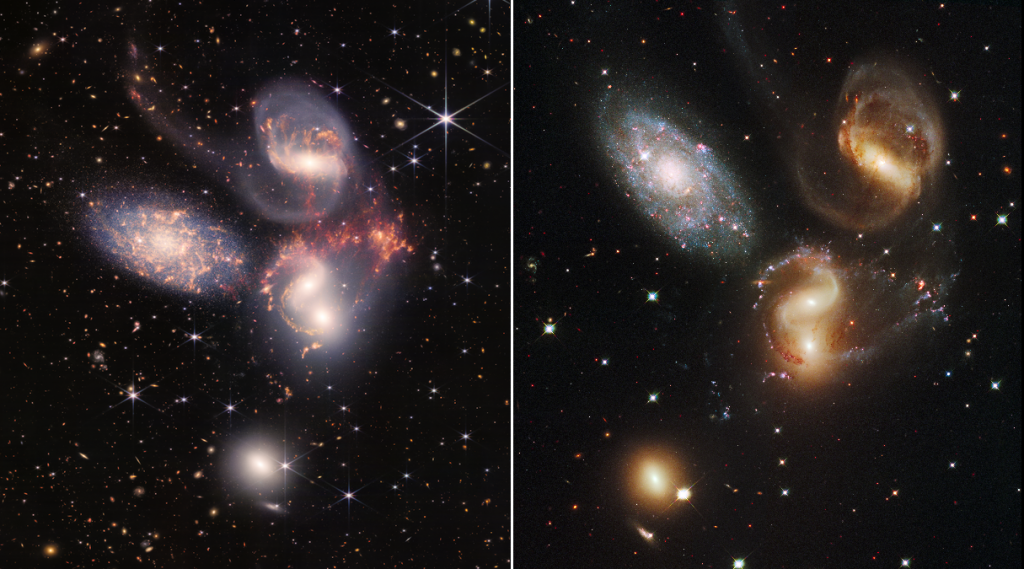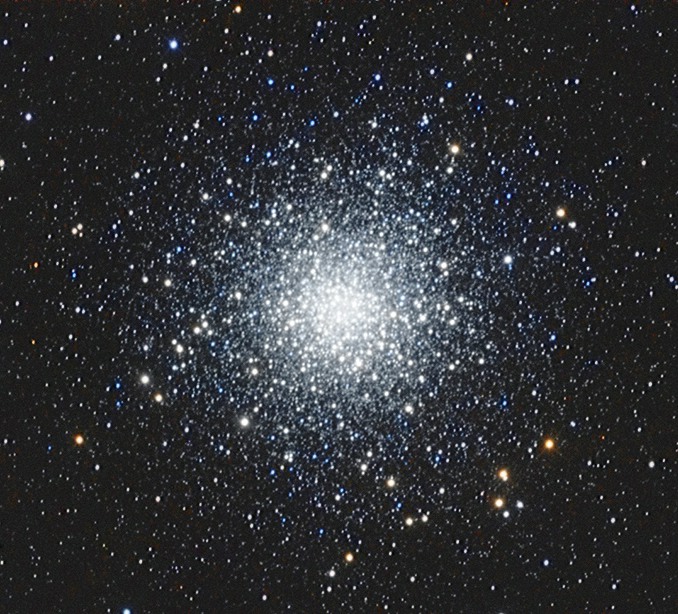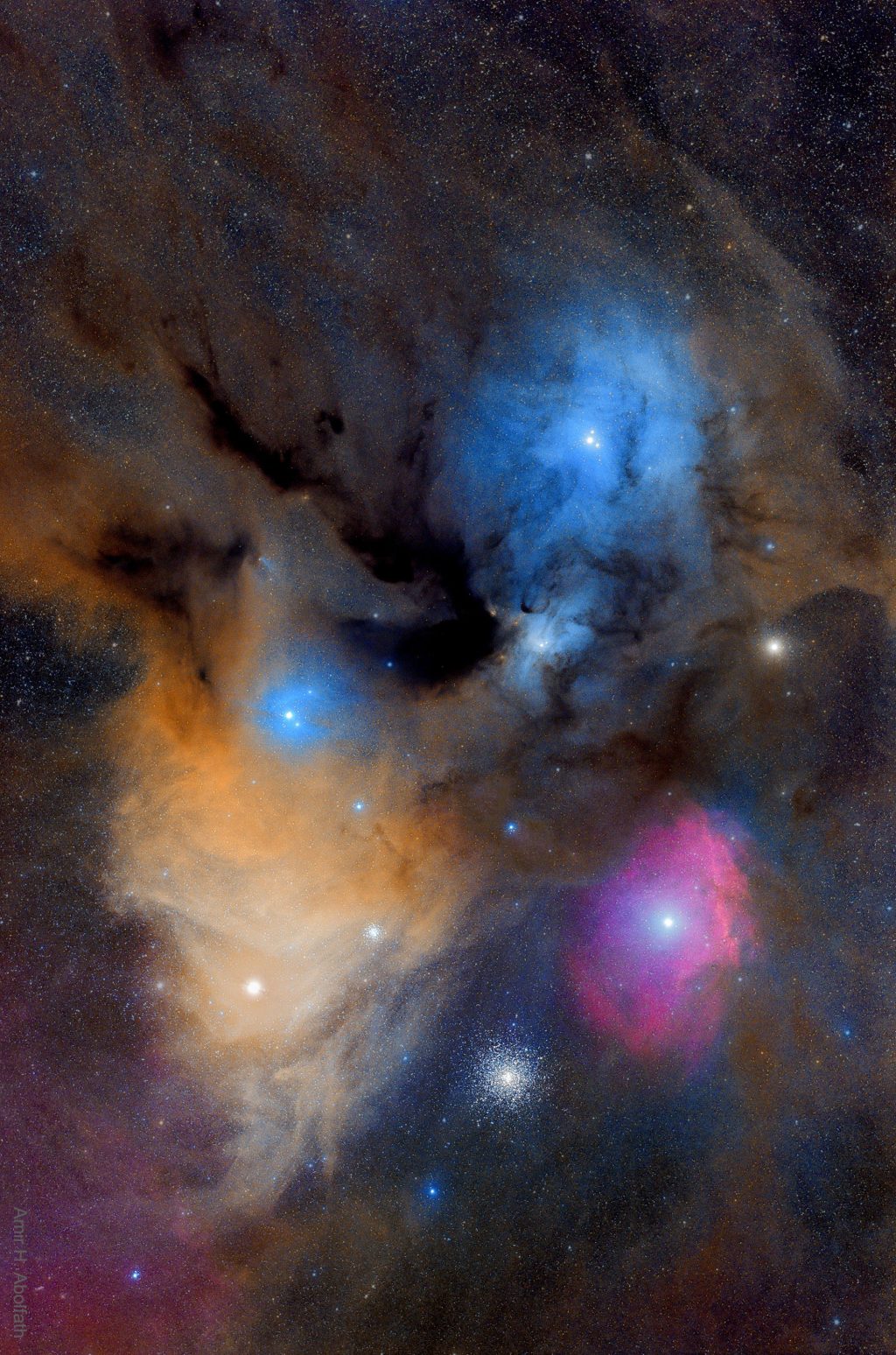Greater Toronto Area Space Station Flyovers for the week of July 24th, 2022
As shown above, on Friday, July 29, 2022 from 9:55 to 10:00 pm EDT, the International Space Station will be visible flying high overhead of the GTA in an extremely bright pass, rising from the west-northwestern horizon, and then flying past the Big Dipper’s handle before finally disappearing into Earth’s shadow low in the southeastern…
Read more









